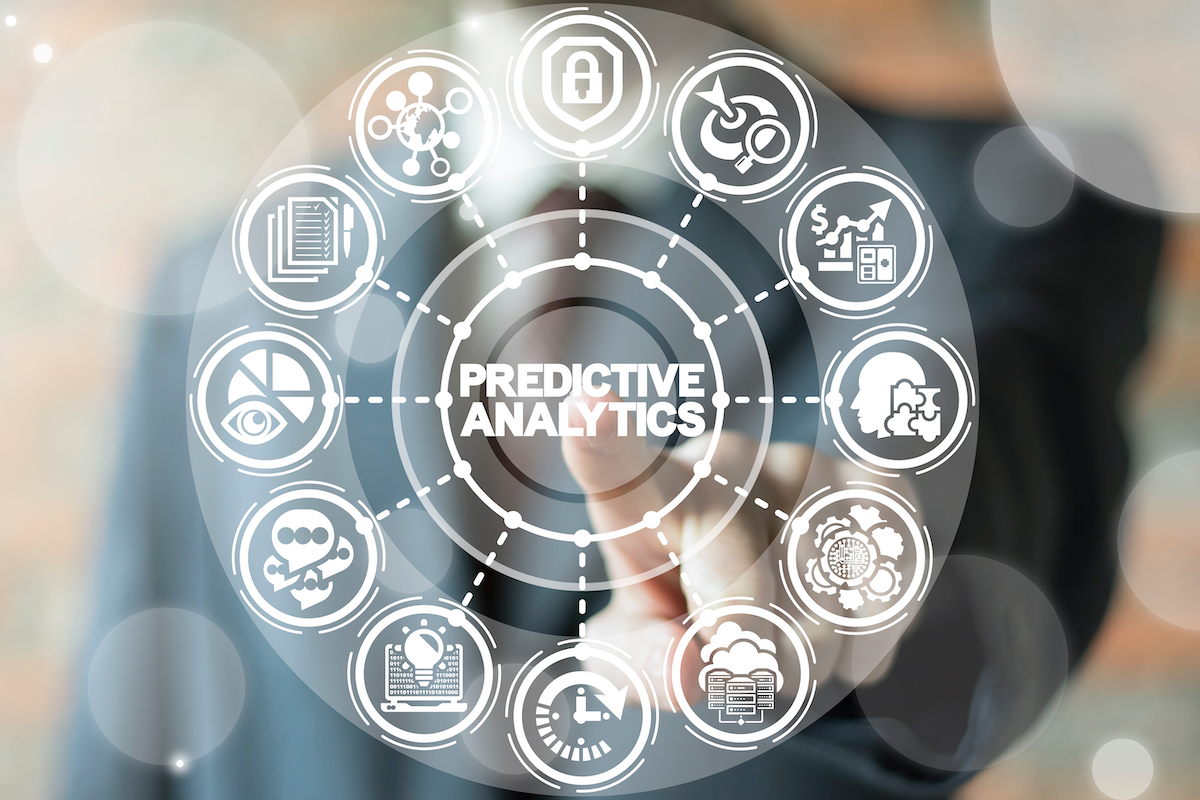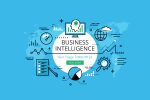
Predictive analytics enables us to make predictions using available data. The aim is not to know what happened, but to predict what will happen. The technology has a lot of potentials, as does Big Data, and is accessible to any company. In this article, we will explore the topic of predictive analytics. What does the term mean? Why is it so important? Here are the answers!
What is predictive analytics?
Predictive analytics is the process of using machine learning to create predictive models, typically driven by some business objective. By analysing the facts of the past in this way, predictions can be made for the future, helping to identify patterns, risks, and opportunities in business.
In a sense, predictive analytics stands out from other business intelligence (BI) technologies because, although it relies on existing data, it looks ahead. Crucially, however, the prediction can also apply to a past event, for example, when reconstructing a crime.
It draws on tools such as data modeling, machine learning, deep learning algorithms, artificial intelligence, and data mining. The analysis reveals relationships between explanatory variables and predicted variables. However, the accuracy of the prediction depends on the assumptions made and the quality of the data analysis.
What predictive analytical techniques exist?
There are two broad groups of technologies: machine learning and regression techniques. The former includes methods such as ARIMA (autoregressive integrated moving average), time series models, single moving average, averaged moving average, and regression techniques and the latter includes linear regression.
Why now is the time for predictive analytics?
Predictive analytics is not new, yet it is in recent years that an environment has developed in which it can flourish. This is due to a combination of factors. On the one hand, the amount of data is increasing, and, at the same time, there is a growing interest in how data can be used.
Data is not enough to perform analyses; we need tools to perform analytics. Computers now have the capacity and performance to cope with analytical software without any problems. However, it is also possible that average performance is not enough because of the volume of data involved, and that we can rely on the knowledge of powerful machines. This was not possible decades ago.
What can predictive analytics be used for?
The range of uses of predictive analytics is quite broad. Let’s look at the areas where it is useful to use this tool.
Predictive analytics is based on pattern detection. It can help identify suspicious patterns and shed light on malicious activity. This is particularly important considering the growing scale of cybercrime. Thanks to real-time analysis, criminals can be detected at an early stage.
Forecasts can be particularly useful for optimising marketing campaigns but can also help with inventory management and resource planning. The more information a company has, the better it can avoid dangerous situations and risks.
Thanks to the interplay of circumstances, predictive analytics has become part of business life, it can have a significant impact on decision-making and positively influence results. Bixpert can help you understand how to turn available data into a business advantage. Contact our colleagues and we’ll outline the opportunities that lie ahead!


